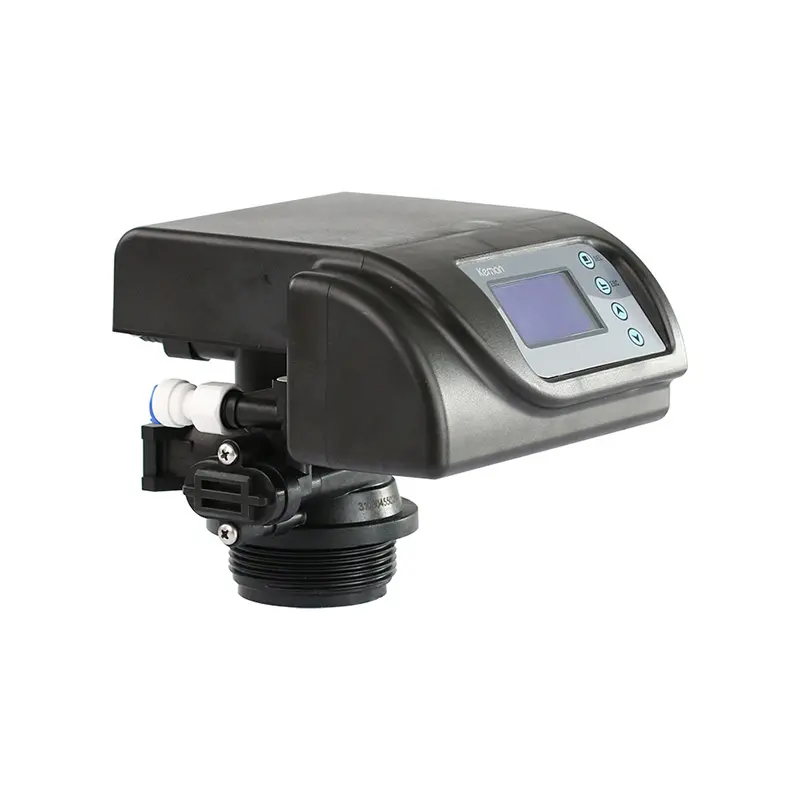Table of Contents
Pros and Cons of Soft Seated Valves
When it comes to choosing the right valve for your industrial application, there are many factors to consider. One of the key decisions you will need to make is whether to use a soft seated valve or a metal seated valve. Both types of valves have their own set of pros and cons, and understanding these can help you make an informed decision.
Soft seated valves are designed with a soft material, such as rubber or PTFE, on the sealing surface. This soft material provides a tight seal when the valve is closed, preventing any leakage of fluids. One of the main advantages of soft seated valves is their ability to provide bubble-tight shut off, which is essential in applications where even the smallest leak can cause problems.
Soft seated valves also require less maintenance compared to metal seated valves. The soft material on the sealing surface is less prone to wear and tear, reducing the need for frequent replacements or repairs. This can result in cost savings over time, making soft seated valves a more economical choice for some applications.
However, soft seated valves also have their drawbacks. One of the main disadvantages is their limited temperature and pressure capabilities. Soft materials can degrade at high temperatures or under high pressure, which can compromise the sealing performance of the valve. This means that soft seated valves may not be suitable for applications that require extreme temperature or pressure conditions.
Soft seated valves are also more prone to damage from particulate matter in the fluid. The soft material on the sealing surface can be easily damaged by solid particles, leading to leaks and reduced performance. This means that soft seated valves may not be suitable for applications where the fluid contains a high concentration of solids.
In contrast, metal seated valves are designed with a metal-to-metal sealing surface. This provides a more durable and robust seal compared to soft seated valves. Metal seated valves are able to withstand higher temperatures and pressures, making them suitable for applications that require extreme conditions.
Metal seated valves are also more resistant to damage from particulate matter in the fluid. The metal sealing surface is less prone to wear and tear from solid particles, ensuring a longer lifespan for the valve. This makes metal seated valves a more reliable choice for applications where the fluid contains solids.
However, metal seated valves are more prone to leakage compared to soft seated valves. The metal-to-metal seal may not provide as tight of a seal as the soft material on a soft seated valve, leading to potential leaks. This can be a concern in applications where leakage is not acceptable.
| Model | Central tube | Drain | Brine tank connector | Base | Maximum power | Operating temperature\u00a0 |
| 9500 | 1.9″(1.5″) O.D. | 1″NPTF | 3/8″& 1/2″ | 4″-8UN | 8.9W | 1\u2103-43\u2103 |
Metal seated valves also require more maintenance compared to soft seated valves. The metal sealing surface is more prone to wear and corrosion, requiring regular inspections and replacements to ensure proper performance. This can result in higher maintenance costs over time, making metal seated valves a less economical choice for some applications.

In conclusion, both soft seated valves and metal seated valves have their own set of pros and cons. Soft seated valves offer a tight seal, resistance to corrosive fluids, and lower maintenance requirements, while metal seated valves provide durability, high temperature and pressure capabilities, and resistance to solid particles. The choice between the two types of valves will depend on the specific requirements of your application and the trade-offs you are willing to make.
